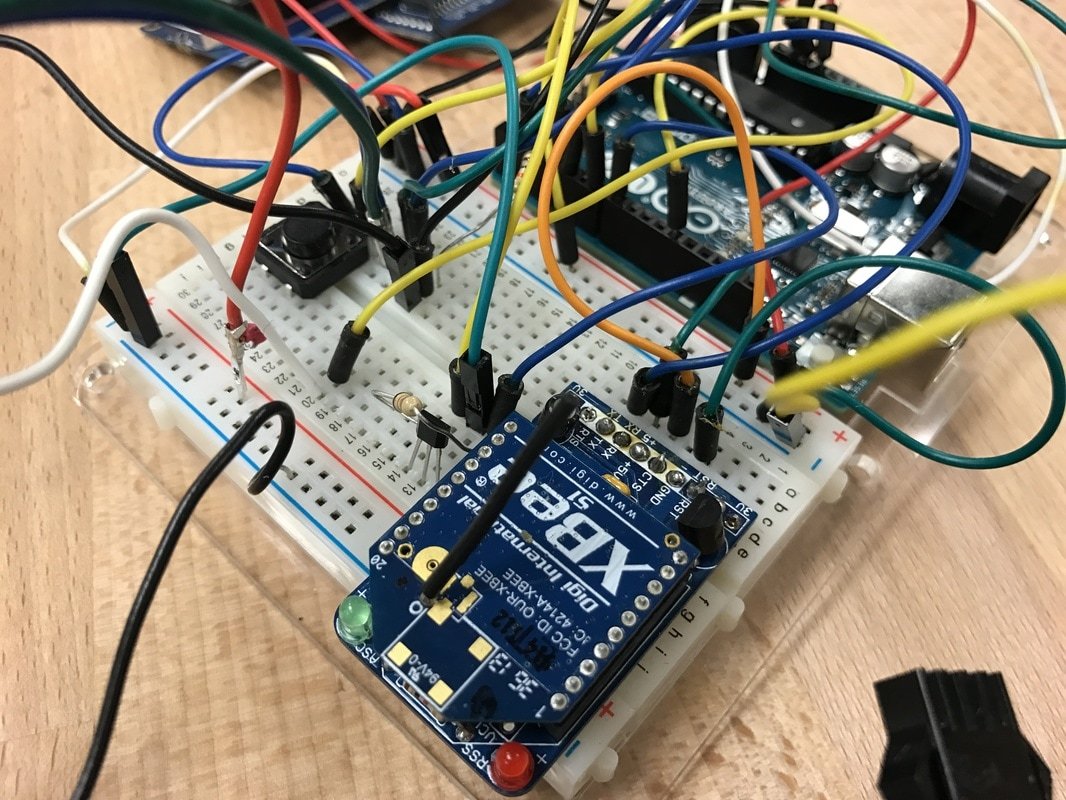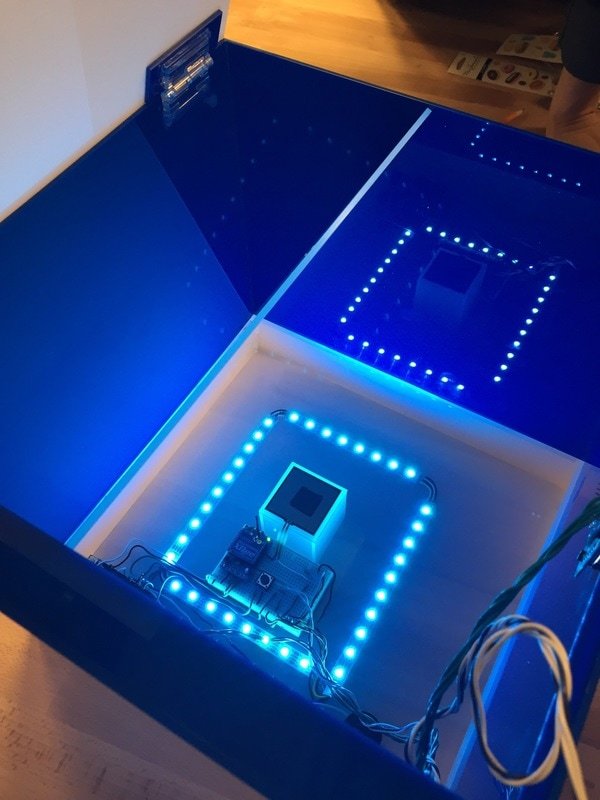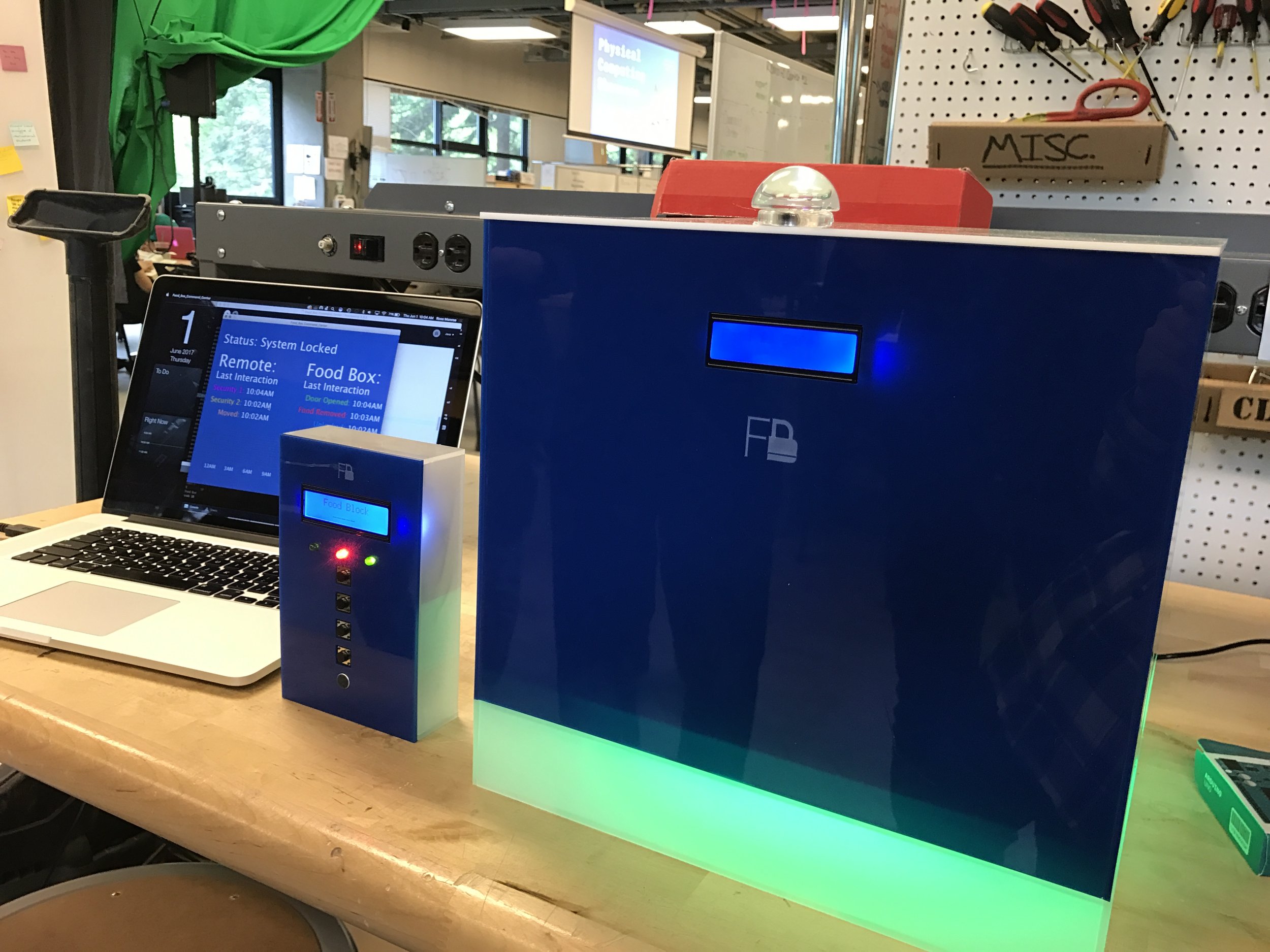Food Block
May 2017 - June 2017
FoodBlock is the best defense against unwanted snackery! Protect your favorite cookies, candies and other treats from unruly roommates and family members. With FoodBlock, you can monitor your food's safety from afar, and be alerted when its stolen. Your food has never been safer before!
Using next level technology, you don't need to be around to know your food is safe. FoodBlock uses wireless communication for a seamless experience, whether you're arming your box or monitoring it's status. It's simple design and bright display will also make it a great installation for any kitchen and home.
Team
Kiwon Jeong, Ross Monroe, Hannah Postings, Khalil Somani, Stephanie Yu
Role
Design & Development (Box)
How it works
FoodBlock consists of a box, remote and comamnd center using wireless communication. The box and remote are laser cut acrylic and use a number of sensors and other components such as: Buttons, LED's, and Pressure plate. My partner, Khalil, and I worked on the box which is able to sense when it is opened, and if there is food inside.
When the box is opened, an LED Strip lights up and a pressure plate on the bottom of the box detects a change in weight to determine whether or not something is present. If the user is putting food into the box, they can also reset the alarms. The box also features an LCD display to show the box’s status and messages from the command center, as well as an XBee to receive and send signals to the command center about the box’s status.
Box Software
The box first checks with the remote if it has been disarmed, and if it has been, does nothing and allows the user to add/remove objects without setting off any alarms. If the box is armed, the box begins flashing when opened and adds a beeping element if the object is removed.
The final software was organized in a modular fashion so that it would be easier to call each of the functions, rather than through a number of 'if' statements. Initially, we approached it logically based on the motions the user would use to open the box, and if it was locked or not. This was revised by making it modular and easier to understand what function was being called when. Additionally, this allowed for greater communication and made it easier for debugging since most of it was a manner of when the functions were being called.



